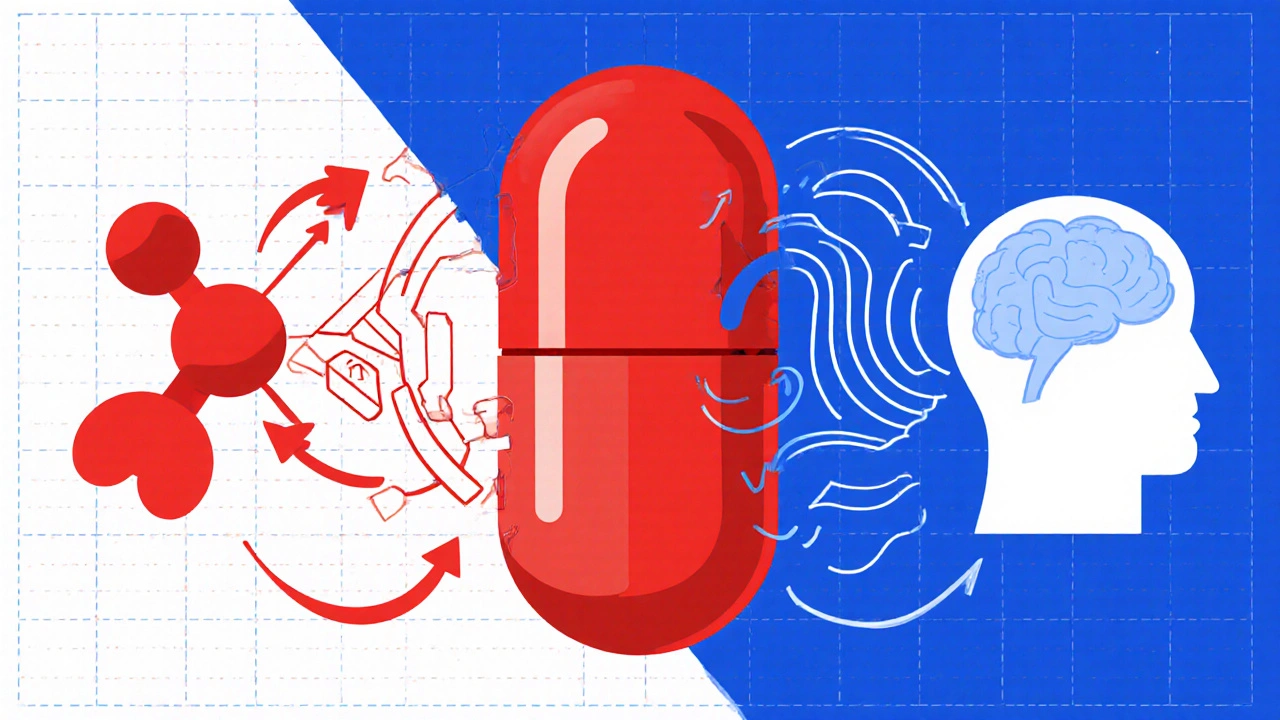Duloxetine: What It Is, How It Works, and What You Need to Know
When doctors prescribe Duloxetine, a serotonin-norepinephrine reuptake inhibitor (SNRI) used to treat depression, anxiety, and chronic pain. Also known as Cymbalta, it works by balancing two key brain chemicals that affect mood and pain signals. Unlike some antidepressants that only target serotonin, Duloxetine hits both serotonin and norepinephrine—making it useful for more than just low mood.
People take Duloxetine for several reasons. It’s commonly used for major depressive disorder, especially when fatigue or physical symptoms like body aches are part of the picture. It’s also approved for generalized anxiety disorder, helping with constant worry, restlessness, and muscle tension. Beyond mental health, it’s one of the few medications proven to ease diabetic nerve pain and fibromyalgia—conditions where standard painkillers often fail. This makes it a go-to for patients who need relief that goes beyond the surface.
Side effects are real but often mild and temporary. Nausea, dry mouth, dizziness, and sleep changes are common in the first few weeks. Some people feel more tired; others feel wired. Weight gain isn’t typical with Duloxetine like it is with some older antidepressants, but appetite changes happen. If you’re taking it for nerve pain, you might notice improvement in a week or two—but for depression, it can take 4 to 6 weeks to feel the full effect. Don’t stop suddenly. Tapering off under a doctor’s care prevents withdrawal symptoms like brain zaps, sweating, or irritability.
What you won’t find in every article is how Duloxetine interacts with everyday life. It can make you more sensitive to alcohol, so many people cut back. It doesn’t mix well with certain migraine meds or other antidepressants. And if you’re on other prescriptions—like blood thinners or NSAIDs—you need to talk to your pharmacist. This isn’t a one-size-fits-all drug, but for many, it’s the one that finally brings balance.
Below, you’ll find real-world guides from patients and doctors who’ve dealt with Duloxetine’s ups and downs—from how food affects its absorption, to managing sleep issues, to comparing it with other options when it doesn’t click. Whether you’re just starting out or switching meds, these posts give you the straight talk you won’t get from a pamphlet.





